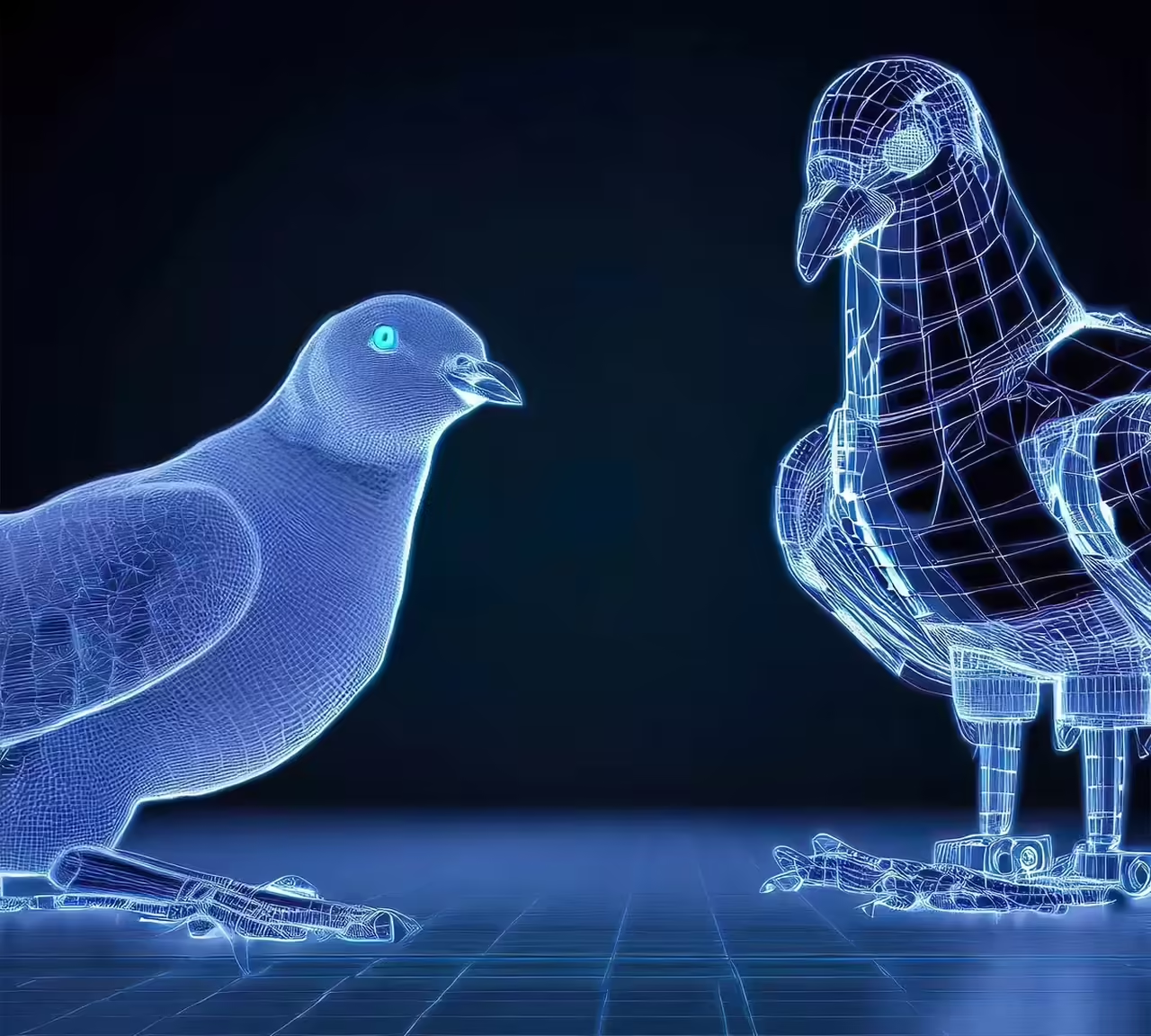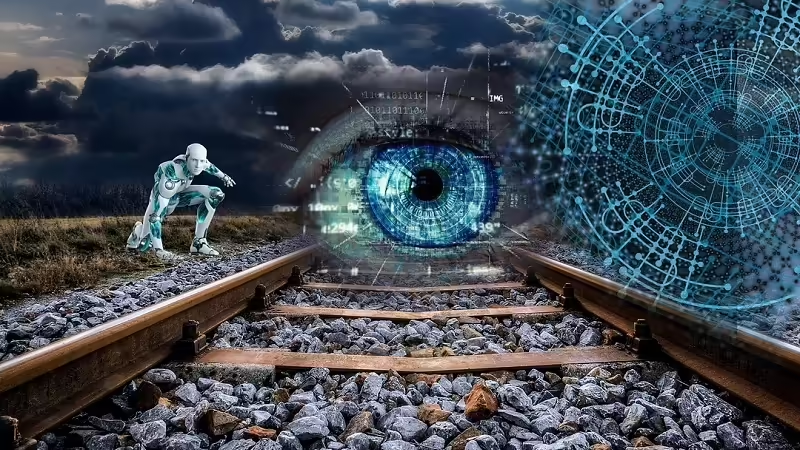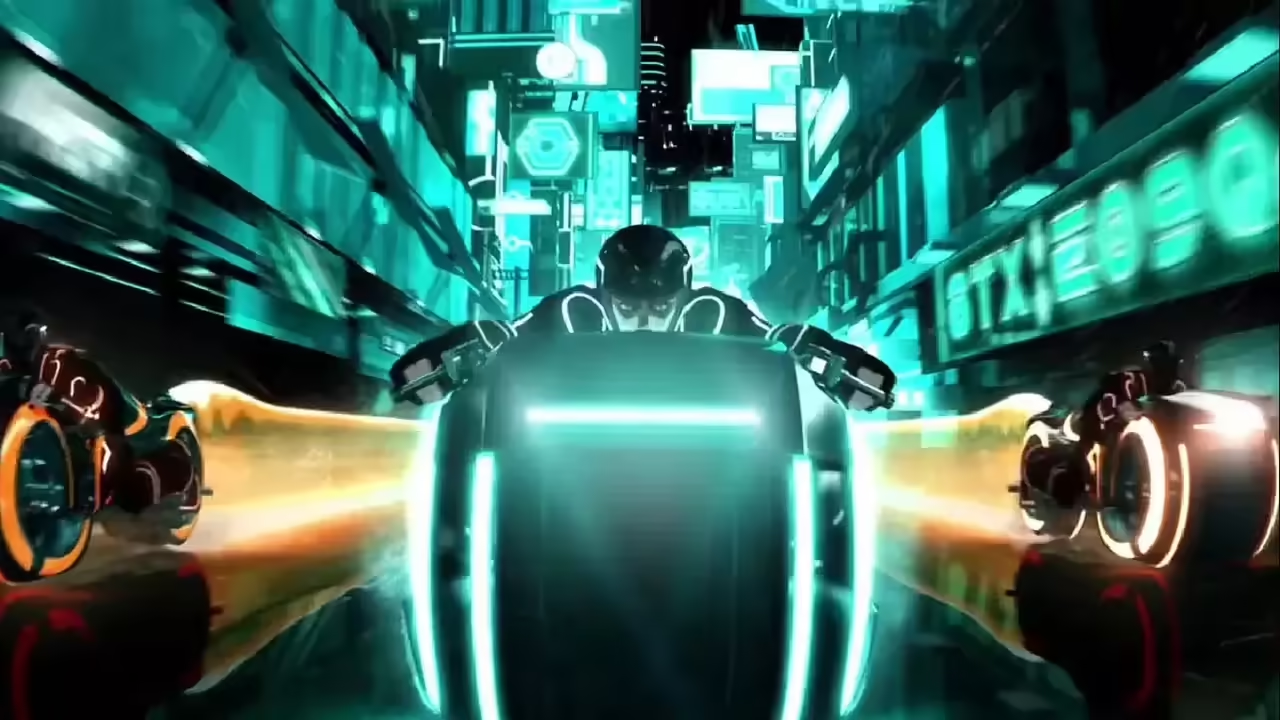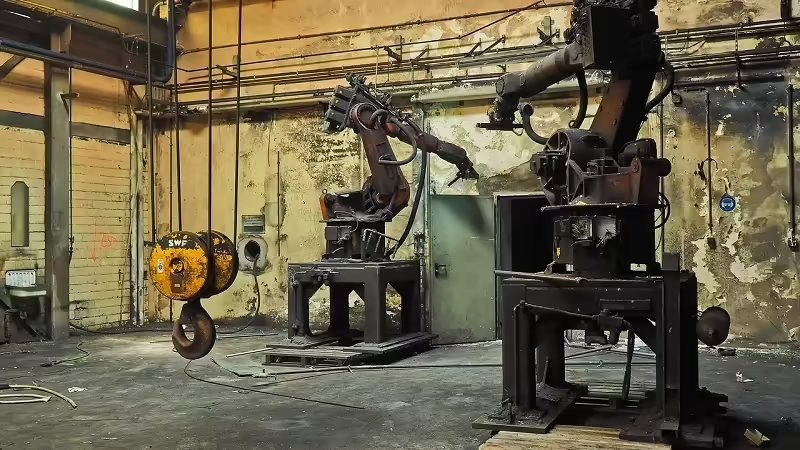
For years, artificial intelligence has been a topic of interest and discussion in the scientific community. However, could pigeons, those urban birds we see every day in our cities, teach us something about this topic?
It turns out that pigeons are an interesting example of how a complex biological system can efficiently process and understand information. Pigeons are able to orient themselves and navigate over long distances using a combination of different skills, such as visual perception, memory and the ability to calculate distances and directions.
But what is even more interesting is that pigeons use these processes in an integrated and simultaneous manner to make informed decisions and achieve their ultimate goal. And this is precisely what artificial intelligence researchers are trying to replicate in computer systems.
The traditional approach to artificial intelligence has been to design systems capable of performing specific tasks, such as playing chess or recognizing faces. However, these tasks are performed in a sort of “cognitive vacuum,” without actually integrating different skills or cognitive processes.
The inspiration that pigeons offer researchers is the integration of multiple cognitive processes working together to achieve an end goal. This is known as “integrated intelligence,” and it is precisely what modern artificial intelligence is trying to achieve.
Researchers have been working on developing artificial intelligence systems that can integrate multiple cognitive processes, such as machine learning and visual perception, to make more informed and complex decisions.
Of course, artificial intelligence is still an evolving field and much more work will be needed to achieve true “integrated intelligence.” However, the inspiration we can draw from the cognitive processes of pigeons is an interesting example of how nature can teach us about the efficiency and complexity of biological systems.
The surprising learning abilities of pigeons
Pigeons are commonly seen as urban birds, flitting around squares and parks in search of food. But did you know that they are also excellent learners? In fact, pigeons have amazing learning abilities that make them ideal for studies in cognitive science.
One of the most remarkable abilities of pigeons is their ability to learn patterns. In a study conducted at Keio University in Japan, pigeons demonstrated that they could recognize abstract and geometric patterns in images. They were even able to recognize patterns they had never seen before, suggesting that pigeons have an innate ability to process and understand complex patterns.
Another impressive ability of pigeons is their ability to remember a large amount of visual information. In a study at the University of Iowa, pigeons were taught to recognize and remember up to 128 different images. Incredible as it may seem, the pigeons were able to accurately recall the images after going several days without seeing them.
In addition to their ability to learn patterns and remember visual information, pigeons are also very good at learning complex tasks. In a study conducted at the University of Otago in New Zealand, pigeons were trained to recognize and classify different objects, such as flowers and letters, according to their shape and color. Surprisingly, the pigeons achieved a high level of accuracy in the task.
So why are pigeons so good at learning? Some researchers believe that their brains have a unique structure that allows them to process information very efficiently. In particular, pigeons have a large number of neurons in their caudal lobe, which is responsible for visual processing and memory.
The learning abilities of pigeons have important implications for cognitive science research. For example, pigeons can be used as models for understanding how the human brain functions in visual information processing and memory. They may also be useful for developing machine learning algorithms that can process complex patterns.
How can pigeons help improve artificial intelligence?
Pigeons can help improve artificial intelligence in a number of ways, thanks to their amazing learning abilities and their ability to process and understand complex patterns. Here are some ways pigeons can help improve artificial intelligence:
Pattern learning: As mentioned above, pigeons have the ability to recognize complex patterns, even those they have never seen before. This means they can be used as models for developing machine learning algorithms that can process complex patterns in data, such as images and sounds.
Visual memory: Pigeons also have an incredible ability to remember a large amount of visual information. This ability could be used to develop more accurate and efficient image recognition systems, such as those used in the facial recognition industry and in image classification.
Complex tasks: Pigeons are capable of learning complex tasks, such as recognizing and classifying different objects according to their shape and color. This could be used to develop artificial intelligence systems capable of performing complex tasks and recognizing patterns in complex data, such as medical and financial data.
Brain structure: Researchers believe that the structure of the pigeon brain is unique and efficient in processing visual information and memory. This means that studying the pigeon brain could help scientists better understand how the human brain works and develop better artificial intelligence models.
Pigeons and algorithms: how do they learn similarly?
Although at first glance it may seem that pigeons and algorithms are very different, there are actually some interesting similarities in the way they learn. Both use feedback to improve their performance and are able to learn from their mistakes.
In the case of pigeons, they have been shown to be able to learn through operant conditioning, which is a learning process that involves associating a stimulus with a response. For example, in one experiment, pigeons learned to peck at a button in order to receive a reward (such as a seed). Through repetition and feedback, the pigeons learned to associate the action of pecking the button with the reward.
Machine learning algorithms, on the other hand, use a similar technique called supervised learning. In this process, the algorithm is fed input data and a desired output, and is adjusted through feedback to produce a more accurate output. As it is presented with more examples, the algorithm learns to recognize patterns and produce more accurate results.
Another interesting similarity is that both pigeons and algorithms are capable of learning from a large volume of data. Pigeons have a strong ability to remember visual information, and machine learning algorithms can process large amounts of data to identify patterns and trends.
Discovering the learning potential of pigeons
Pigeons are known to be intelligent and cunning animals, capable of finding their way home from long distances and performing a variety of complex tasks. But recently, researchers have been further exploring the learning potential of these birds, and the results have been surprising.
A recent study at the University of Iowa showed that pigeons are capable of learning to recognize complex objects, such as human faces and letters of the alphabet. In the experiment, pigeons were trained to peck at a specific image on a touch screen to receive a reward. As they were presented with more examples, the pigeons learned to recognize patterns and identify increasingly complex objects. Surprisingly, the pigeons were even able to transfer this learning to objects never seen before.
Another study from the University of Otago in New Zealand showed that pigeons are able to recognize complex musical patterns and distinguish between different styles of music. In the experiment, pigeons were trained to identify the difference between two pieces of jazz music and two pieces of classical music. Through feedback and repetition, the pigeons learned to recognize the patterns and identify the style of music correctly.
These studies clearly demonstrate the learning potential of pigeons and suggest that they can be used as models for developing more advanced and efficient artificial intelligence algorithms. Pigeons are able to learn from a wide range of stimuli and recognize complex patterns in different types of data, making them ideal for the development of machine learning systems.
Pigeons and neural networks: how are they similar?
Artificial neural networks are a machine learning technique that mimics how the human brain works to process information. In a way, you could say that pigeons also have a kind of “neural network” in their brain, and there are some interesting similarities between the way pigeons process information and the way artificial neural networks work.
For example, pigeons have a highly advanced visual system that allows them to recognize patterns and distinguish between different objects and situations. This visual system is composed of a series of layers of nerve cells in the brain, which process visual information and transform it into signals that the brain can interpret.
Similarly, artificial neural networks also use layers of artificial cells (neurons) to process information. Each layer processes information in a different way, and signals are transmitted between the layers to produce a final output. In this way, artificial neural networks can recognize patterns and perform complex tasks, such as identifying objects in images or processing natural language.
Another interesting similarity is that both pigeons and artificial neural networks are able to learn and improve their performance through feedback. Pigeons can learn to recognize patterns and associate different stimuli with different responses, and artificial neural networks can adjust their parameters to produce more accurate output as they are presented with more information.
Animal intelligence and technology
Animal intelligence has always been a subject of interest and fascination for scientists and society in general. For a long time, humans have been thought to be the only beings with advanced intelligence and cognitive abilities. However, as science has advanced, many animals have also been shown to have amazing cognitive abilities.
Modern technology has allowed scientists to better explore and understand animal intelligence. Advances in recording and tracking technology have allowed researchers to observe and analyze animal behavior in their natural environment, providing a wealth of information about how animals think and process information.
In addition, technology has also enabled scientists to develop methods for measuring and quantifying animal intelligence. For example, species-specific cognitive tests have been created for different animal species, allowing researchers to compare the intelligence of different species.
Animal intelligence has also inspired the technology itself. Scientists have created robots and artificial intelligence systems that mimic the behavior and cognitive abilities of different species of animals, such as pigeons and insects. These systems can be used for a variety of applications, from space exploration to surveillance to drug and explosive detection.






